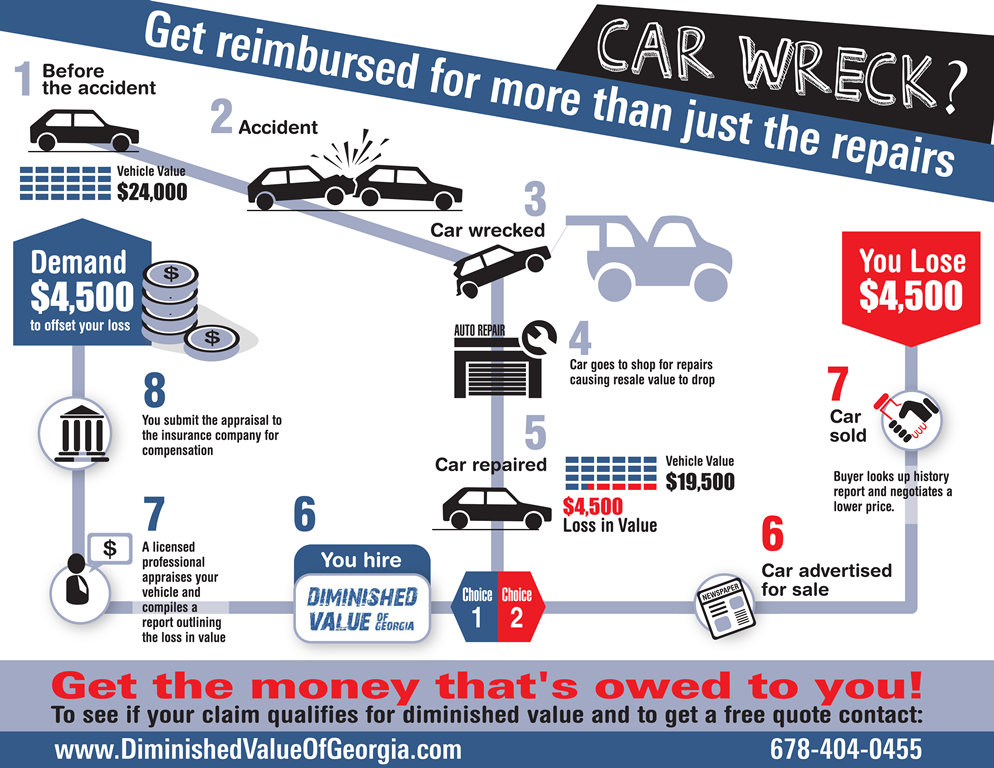Unwinding The True Definition Behind Your Vehicle'S Warning Lights
Unwinding The True Definition Behind Your Vehicle'S Warning Lights
Blog Article
Produced By-McKee Mendez
When you're behind the wheel, those radiant warning lights on your control panel can be a little bit perplexing. Do you understand what they're attempting to inform you concerning your auto's health and wellness? Understanding the significance of these lights is essential for your security and the longevity of your car. So, the next time one of those lights pops up, wouldn't you intend to understand its message accurately and take the necessary steps to address it?
Common Caution Lighting and Interpretations
Recognize typical warning lights in your automobile and comprehend their definitions to ensure safe driving.
The most common warning lights include the check engine light, which indicates issues with the engine or exhausts system. If this light begins, it's crucial to have your lorry inspected immediately.
The oil stress alerting light shows low oil pressure, calling for immediate interest to stop engine damages.
A blinking battery light might recommend a defective charging system, possibly leaving you stranded if not dealt with.
Related Web Page (TPMS) light alerts you to reduced tire stress, affecting vehicle stability and fuel effectiveness. Neglecting this might result in hazardous driving conditions.
The abdominal muscle light shows a problem with the anti-lock stopping system, endangering your ability to quit swiftly in emergencies.
Last but not least, the coolant temperature advising light warns of engine getting too hot, which can cause serious damage if not dealt with swiftly.
Comprehending these common warning lights will certainly aid you deal with concerns promptly and preserve safe driving conditions.
Importance of Prompt Attention
Comprehending the typical caution lights in your automobile is just the initial step; the relevance of quickly dealing with these cautions can't be highlighted sufficient to ensure your safety and security on the road.
When a caution light brightens on your dashboard, it's your auto's method of connecting a prospective issue that requires interest. Disregarding these cautions can lead to much more serious problems down the road, jeopardizing your safety and security and possibly costing you more in repairs.
visit this weblink to cautioning lights can stop malfunctions and accidents. For example, a blinking check engine light can show a misfire that, if left neglected, could trigger damage to the catalytic converter. Addressing this without delay can conserve you from an expensive repair service.
Similarly, a brake system cautioning light could indicate low brake liquid or worn brake pads, critical elements for your security when driving.
DIY Troubleshooting Tips
If you see a caution light on your control panel, there are a couple of do it yourself fixing suggestions you can attempt prior to looking for professional aid.
The very first step is to consult your car's handbook to understand what the certain caution light shows. Sometimes vehicle inspection service can be as basic as a loosened gas cap causing the check engine light. Tightening up the gas cap might fix the problem.
An additional common concern is a low battery, which can trigger numerous advising lights. Examining the battery links for corrosion and guaranteeing they're safe and secure may deal with the issue.
If a caution light continues, you can attempt resetting it by separating the cars and truck's battery for a few minutes and then reconnecting it. Additionally, inspecting your vehicle's fluid degrees, such as oil, coolant, and brake fluid, can help fix cautioning lights associated with these systems.
Final thought
To conclude, understanding your automobile's caution lights is vital for maintaining your car running efficiently and securely. By promptly addressing these notifies and knowing what they imply, you can avoid pricey repair work and possible breakdowns.
Bear in mind to consult your automobile's handbook for certain information on each alerting light and take action as necessary to make sure a hassle-free driving experience.
Keep educated, remain risk-free on the road!
